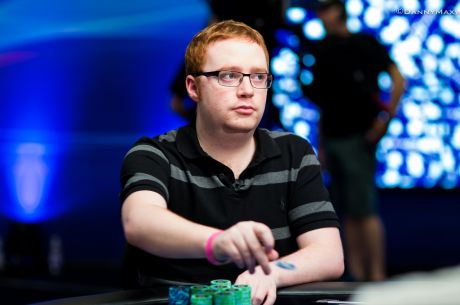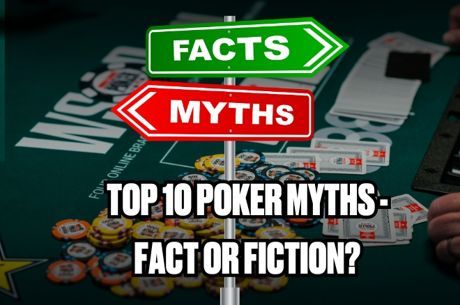888poker eMagazine Takes a Look at Risk Taking

In February, the 888poker eMagazine created a study of more than a dozen countries to see which of them was the luckiest. Fast forward to May, and the online poker site has taken a look at the psychology of risk taking.
Regardless of whether you play poker or not, you take risks every day. From driving the kids to school, to crossing the road, or even something like using milk for your coffee that is slightly past its use-by date, you take risks and often do so without thinking about them.
Obviously, poker players take risks when they are at the tables because they are playing a game of incomplete information. When a poker player makes a bet or raise, they are risking their chips to chance. If the risk pays off, the player not only wins some chips but the part of their brain known as the nucleus accumbens will usually release some of the neurotransmitter called dopamine.
According to the 888poker study, dopamine is the ��feel-good and risk-taking chemical of the brain,�� and one that rewards us with satisfaction, happiness and a natural high.
The infographic claims that the more willing a person is to take risks, the more dopamine is released by the brain, with as much as 10 times more dopamine being in the brains of extreme sport fans than your run-of-the-mill person.
In addition to the nucleus accumbens doing its best to reward us for taking risks, there are four other key areas of the human brain that work alongside each other when it comes to analyzing risks:
- Prefrontal Cortex: associated with reasoning and decision making
- Hypothalamus: regulates various glands and organs, and has a number of functions including the processing of fear
- Ventral Tegmental Area: where cognition, motivation and intense emotions related to love and the reward circuit of your brain live
- Amygdala: responsible for sending adrenaline and other hormones into your bloodstream in a risky or potentially risky situation
How risk-averse you are �C how much you try to avoid risky situations �C depends on a whole host of factors, including how the aforementioned sections of the brain are ��wired�� for you, but is also heavily influenced by your sex.
Males are twice as likely to take risks at work than women are, and the 888poker study claims the ��gulf between men and women was genetically shaped by evolution and ensured the survival of our ancestors.�� Men are also three times more likely to cross the road at a higher risk than women.
Our age also shapes how risk averse we are because the frontal lobe does not fully develop until around 25-years-old. Teenagers and young adults take more risks than any other age group and this is partly because outside influences such as peer pressure and fear of exclusion cloud their judgement.
Are you risk averse or a so-called adrenaline junkie? Have you always been this way or has your risk taking altered over the years?
If you��re interested in reading more about the psychology of risk taking, head over to the 888poker eMagazine where you��ll find the full infographic and a host of links to websites where you can read up on what makes us take risks.









